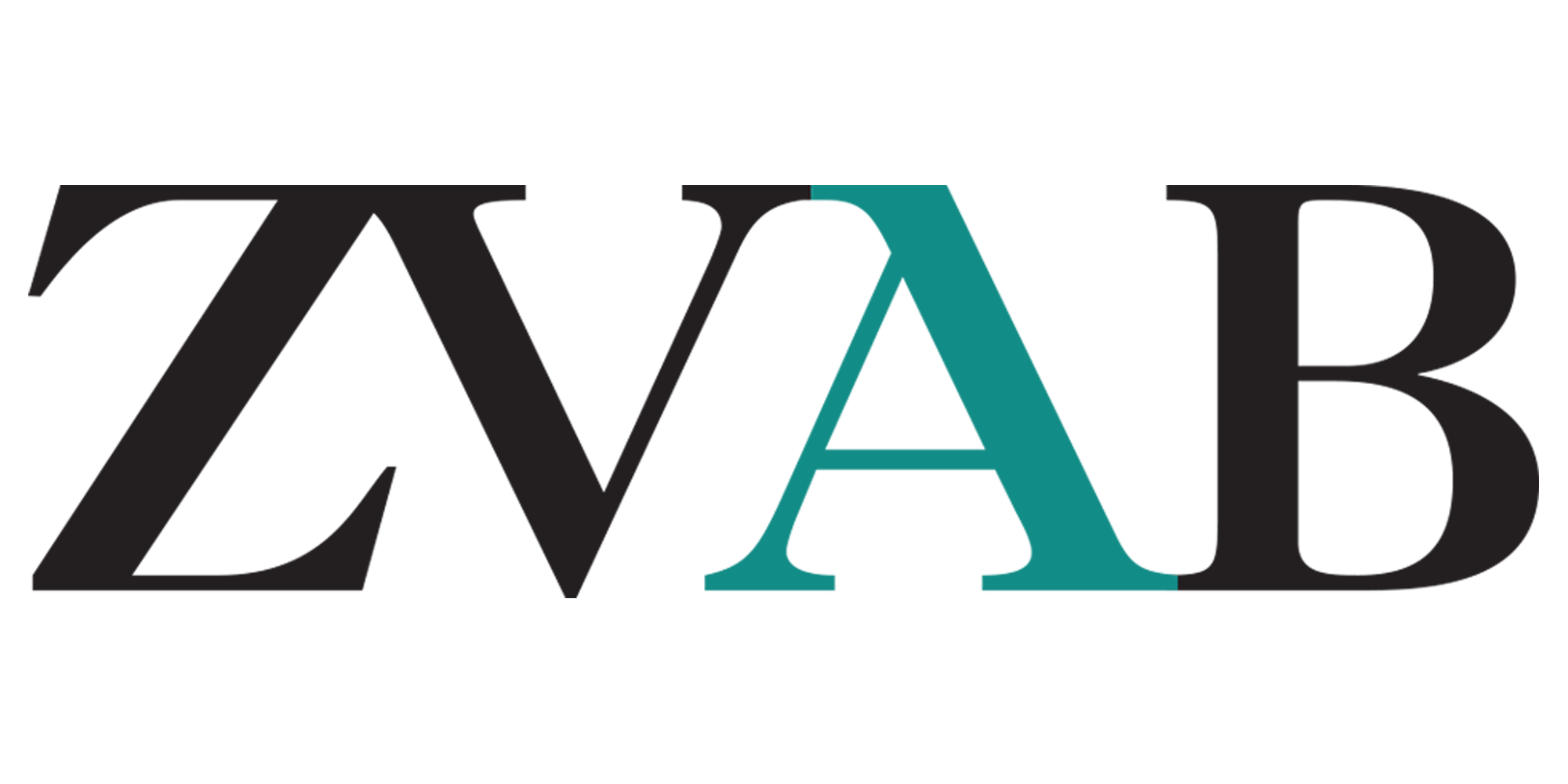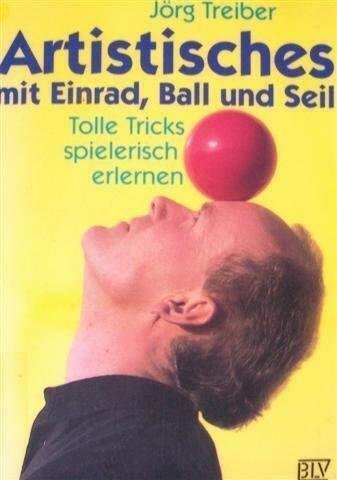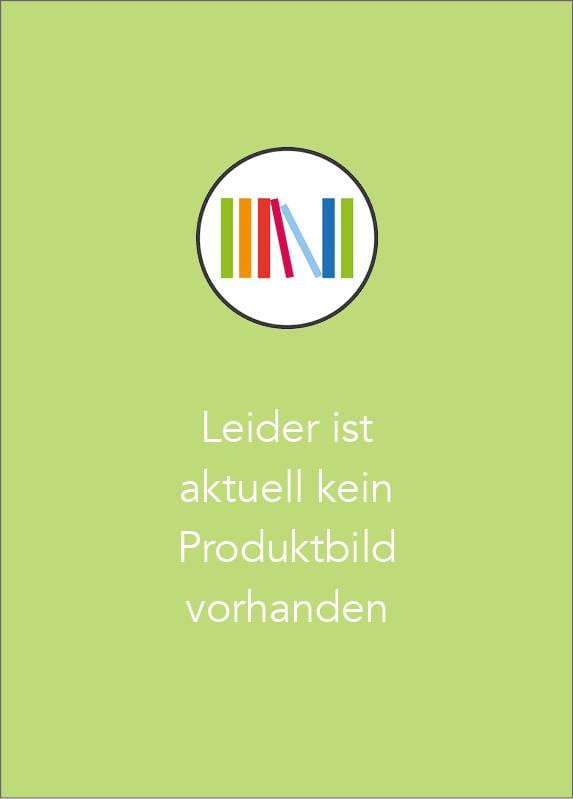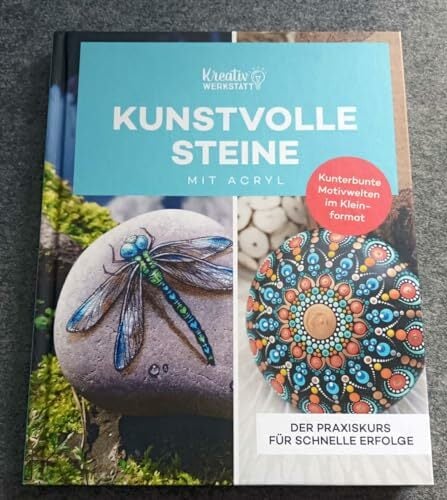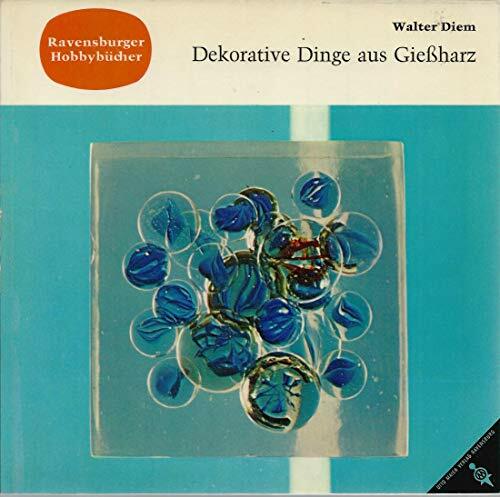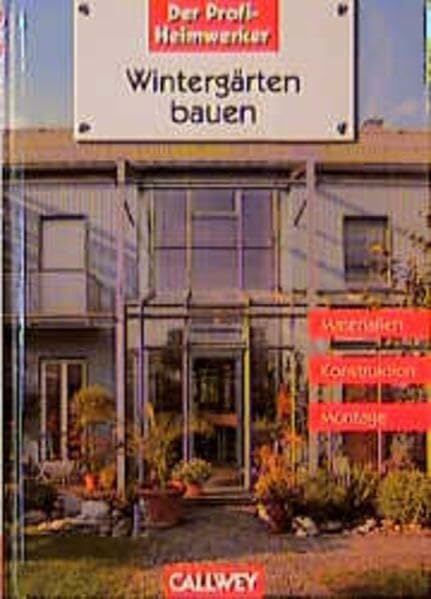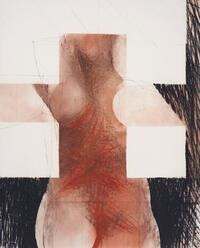
Meine sieben Wege zur Baukunst
Kurzinformation
inkl. MwSt. Versandinformationen
Artikel zZt. nicht lieferbar
Artikel zZt. nicht lieferbar

Beschreibung
A book to ponder! It addresses all creative people who work on the design of architectural space. How can it be conceived, found and enhanced? How can "building art" emerge from architectural space? Of course, any attempt of this kind depends on the personal experience of the designer who asks these questions, on his perceptual possibilities, his upbringing, his experiences, his choice of models, his thought patterns. Nevertheless, the architectural philosopher Wolfgang Meisenheimer dares to attempt to compile his experiences after 70 years of practical work. According to Wolfgang Meisenheimer, the quality of our environment, which has already been shaped in complex ways by the development of cultures, can be enhanced particularly well along seven "paths of thought", each of which brings together architecture and its neighbouring arts. 1. the study of the local situation. The natural cosmos and the built environment around it. 2. the characteristics of our self, body and body culture 3. the ideal rules of Euclidean geometry 4. the neighbourhood 5. the design of the inside in relation to the outside 6. the movements of the body, an elementary time structure 7. the transience of all things and conditions Just as architecture, painting, drawing, sculpture and texts are interlinked in Wolfgang Meisenheimer's work, so too is the book design conceived by Uli Meisenheimer: The viewer is constantly stimulated to make his own discoveries by parallels between the disciplines. von Meisenheimer, Wolfgang
Produktdetails

So garantieren wir Dir zu jeder Zeit Premiumqualität.
Über den Autor
Wolfgang Meisenheimer, born in 1933, was professor for the fundamentals of design and drafting at the Peter Behrens School of Arts in Düsseldorf from 1976 to 1998 and visiting professor at the TU Vienna from 1993 to 1998. After philosophical research and studying architecture at the RWTH Aachen, he completed his doctorate with Hans Schwippert and Wolfgang Braunfels on the subject of space in architecture. From 1957 onwards he realised public and private buildings. Between 1984 and 1994 he was co-editor of DAIDALOS. This period also saw the development of his body philosophy of a phenomenological nature. In addition to architecture and philosophical interpretation, the themes of painting, sculpture, dance and body movement are among the focal points of his creativity.

- hardcover
- 132 Seiten
- Erschienen 2006
- Frech

- Kartoniert
- 94 Seiten
- Erschienen 2018
- Ökobuch

- Hardcover
- 212 Seiten
- Erschienen 2015
- Neuer Umschau Buchverlag

- Gebunden
- 158 Seiten
- Erschienen 2021
- Ökobuch

- hardcover
- 117 Seiten
- Erschienen 1991
- Verlag Winfried Jenior

- paperback
- 255 Seiten
- Erschienen 2007
- Birkhäuser

- pamphlet
- 32 Seiten
- Erschienen 1998
- frechverlag GmbH




